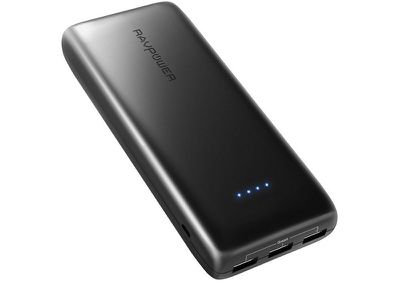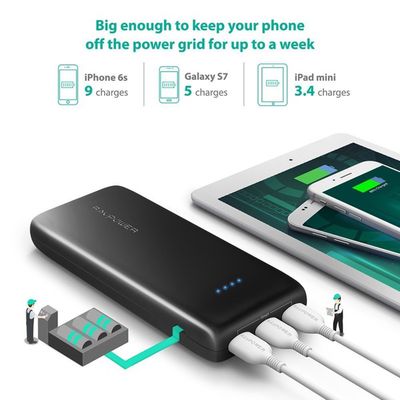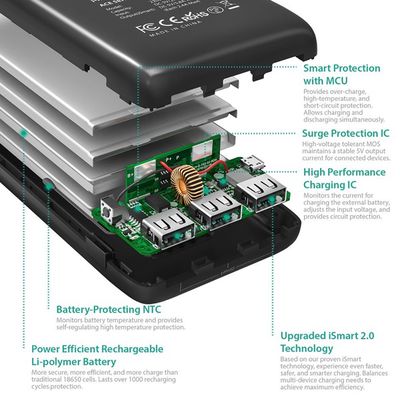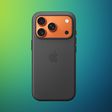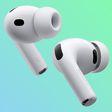While most of the Apple community spent this week glued to any news about the keynote and the since revealed new iPhones, as usual, the world of iOS gaming was packed to the gills with all sorts of new and upcoming games. Of course we're super excited for all the augmented reality games that were demonstrated, as well as Sky, but there's way more noteworthy gaming happenings than those few titles.
While the name Ron Gilbert might not be immediately recognizable to you, I bet some of the games he's been responsible for are. Gilbert was instrumental in both
Maniac Mansion as well as the first two
Monkey Island games. Following a
successful Kickstarter in late 2014, the
Thimbleweed Park team has been hard at work at crafting a point and click adventure game which has since resonated with fans of the genre to an extent that's hard to believe. The game has
been available on Steam for a while now, with "very positive" reviews. It's
finally coming to mobile on September 19th. I've heard absolutely nothing but phenomenal things about the game and have been waiting to play it on my iPad. Next week can't come soon enough.
The iPhone has been a great platform for racing games, but it feels like ever since EA dominated that particular sector with
Real Racing 3 there's been a distinct lack of competition. Well, soon
GRID Autosport will hit the App Store. (Soon, as in, this year.) If the freemium shenanigans of
Real Racing 3 tired you out, you'll be happy to hear that
GRID is going to be a premium priced racing game. It
also is quite a looker, and is likely going to be one of the few titles that'll really put the GPU inside of the A11 Bionic processor to the test. If you'd like to follow the progress of the game a little closer in the meantime, we've got a
vibrant thread in our forums.
Earlier this year,
A Normal Lost Phone was released. It's a voyeuristic puzzle game of sorts that is set in the basic premise of the player finding someone else's phone and exploring the mysteries found inside. The game was received incredibly well, and a sequel titled
Another Lost Phone: Laura's Story will be released on September 21st. There's not a
ton of details available just yet on the game, but I think a lot of people will be happy with simply more of the same as the original game was so interesting. In the meantime, we've got
a thread on our forums filled with other folks excited to explore another stranger's phone again.
As we get closer to the launch of iOS 11 and ARKit being accessible to everyone, developers have been teasing all sorts of cool things coming down the pipeline. This week
we got another look at the upcoming augmented reality mode of
Splitter Critters which approaches things in a really cool way: The game is rendered on your desk as if it were a diorama, and all the platforms and other elements inside of the game have depth which you can see by moving the camera.
Splitter Critters is a super fun game by itself, and this AR mode really just adds another wrinkle to a already fabulous title.
We've mentioned the changes to the
Minecraft convention Minecon before, but the basic gist is they're moving away from a conference only a few people can attend to a global event that everyone can participate in that's streamed in real time. There's now a
massive list of viewing parties, all sorts of
exclusive swag, and there's even going to be a
costume contest. If you've got kids that are into
Minecraft, this seems like a great way to spend November 18th.
Blizzard has been doing the whole virtual conference thing for a few years now, and virtual tickets for Blizzcon
are now available. You get all the digital goodies that anyone attending the conference gets, as well as the ability to stream all the different panels and events. A digital ticket will run you $39.99, which is quite a bit cheaper than heading to Blizzcon in real life. Also, if all you care about is watching the Blizzcon streams, chances are you can sell your code for the various digital unlocks for close to what you paid for the ticket after the event.
As far as games you can download
now now are concerned,
my first impressions of Ironhide's
Iron Marines are overwhelmingly positive. It's strange to say, but
Iron Marines is the closest thing to
StarCraft that you can get on the App Store. You control Space Marine-like forces in a clever hybrid between tower defense and real time strategy gameplay and fight against a Zerg-like enemy. It's a bit on the nose, but as far as a touch-based RTS game is concerned, it is unbelievably good. While it's premium priced, there are a few optional IAP unlocks inside the game as well additional characters, buying more in-game currency, and other things you really don't need to enjoy playing. I was really surprised by how good this game is. It has turned into my favorite release this week.
That's about it for things that I feel like the MacRumors audience might be the most interested in this week, but as always, if you want to dive deeper into the world of iOS gaming be sure to visit TouchArcade.com where we post this sort of thing day in and day out. Also, if you're at all into Twitch, be sure to follow us over there where we're streaming all sorts of things (including even writing this post).



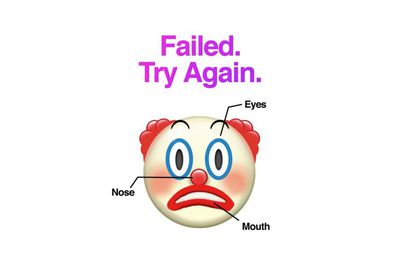
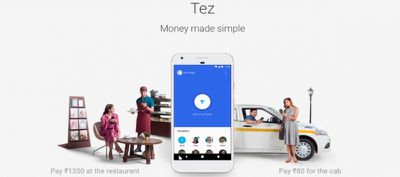
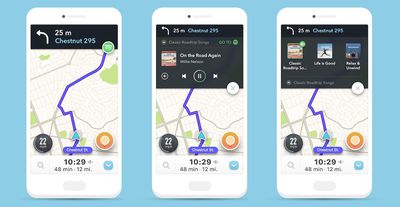


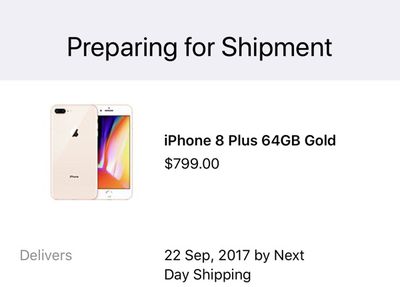


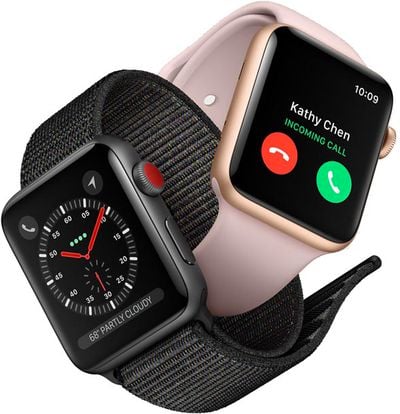
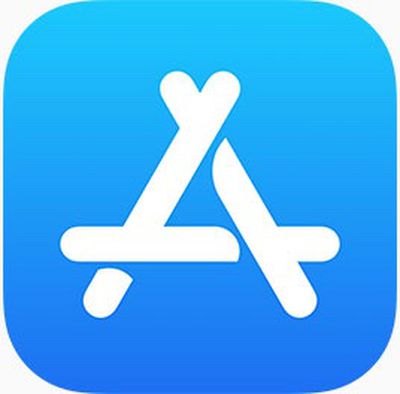 Apple this week updated its
Apple this week updated its 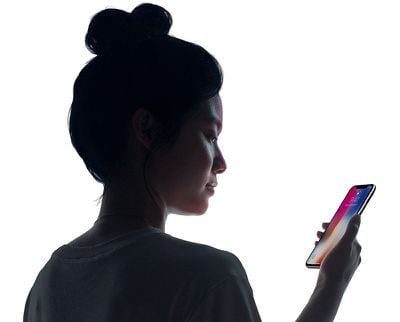
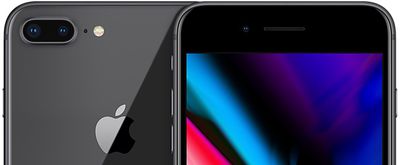
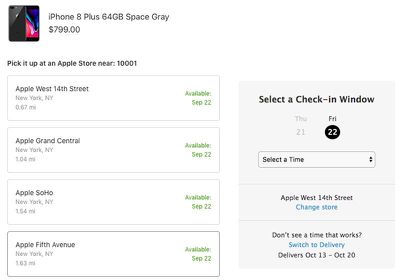

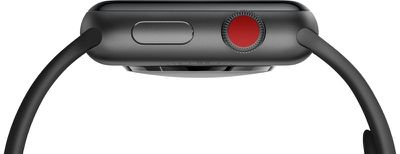
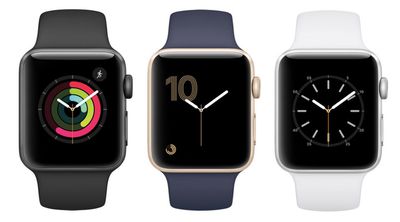

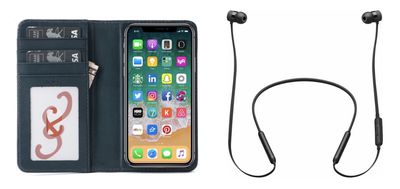
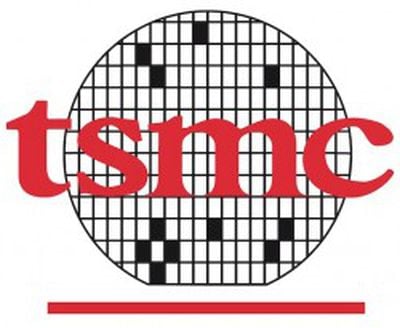 At the Open Innovation Platform Ecosystem Forum in Santa Clara on Wednesday, chip foundry TSMC provided an update (
At the Open Innovation Platform Ecosystem Forum in Santa Clara on Wednesday, chip foundry TSMC provided an update (